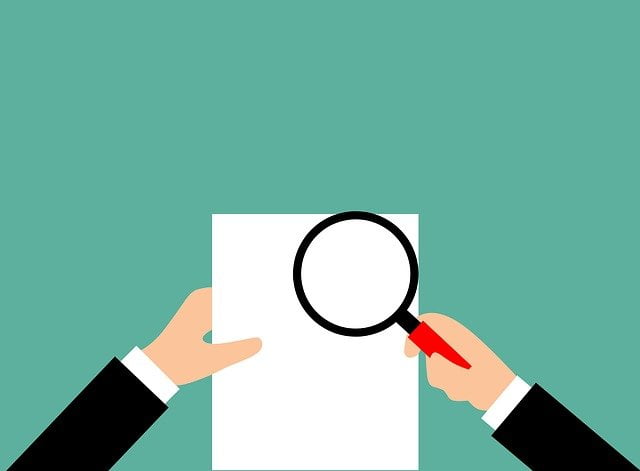SELF ASSESSMENT
Hello everyone and welcome here, In this article I am going to explain one of the most important essential skill for life- “SELF ASSESSMENT”.
What is Self Assessment?
Let’s understand, first the meaning of these 2 words separately:-
Meaning of SELF
SELF
S- SPIRITUALITY |
E- EXPLORATION |
L – LOVE YOUR SELF |
F – FAITH ON YOURSELF |
S – Spirituality–To discover about yourself, who you are, from where you came, and what your life purpose is/self-realization.
E – Exploration- About yourself in terms of strength, weaknesses, self-image, and belief, and what do you want?
L – Love for self- Whatever you explore about yourself, accepting that happily is called self-love; embracing your flaws by accepting it as an opportunity to learn.
F- Faith- Having faith that whatever you are doing is right and this faith is going to fill confidence in you.
Meaning of Assessment
Assessment is the act of judging or assessing a person or situation or event or the process of considering all the information about a situation or a person and making a judgment.
Self+ Assessment
In simple words, self Assessment is the act of examining yourself by asking these below questions to yourself:-
- What you know
- What you don’t know; and
- What you would like to know
Self-assessment is an opportunity to recognize your strengths and weaknesses. It helps you to see the connections between your learning and your goals.
Self-assessment enables you to learn about yourself as you grow and evolve in your career.
Self-assessment directs attention to your core values…i.e…Your happiness, family, career, balance, and health.
Self-assessment allows you to realize:-
- A change in your interest
- A change in your skillset; and
- A change in your experience.
Basically Self-assessment helps you figure out:-
Where you are and Where you want to be.
Existence of Assessment
Assessment is all around us; for example:-
- If you are a runner training for a marathon, you look at time splits and compare it to your goals.
- If you are a musician, you are engaging in assessment every time you listen to yourself.
- If you are a skater at a skatepark, you are engaging in self-assessment every time you reflect on your progress and plan the next steps.
You engage in self assessment; when you revise your work.
It’s not always individual. Often assessment happens in community, for eg.
- If you are a chef, you are engaging in peer assessment; when you ask a trusted fellow chef “how does taste?”
- If you are an artist you might ask for an extra set of eyes on a particular project.
- If you are an engineer, you might observe users to see if your design is working.
If you do any creative kind of work, both self-assessment and peer-assessment are vital for improving your craft. It helps you improve your products.
Assessments help us figure out what we know, what we don’t know, and what steps we need to take in the future to master a skill or understand a concept at a deeper level.
Assessment in Classroom
Here students engage in goal setting: where they set goals, plan their approach, and keep track of the progress.
They also engage in self –reflections: here, they can reflect on their learning process and also focus on identifying their strength and weaknesses.
They can also engage in survey with multiple-choice, checkboxes, and Likert scales.
Students might also use checklists; It can be a powerful diagnostic tool that students use before, during, and after a task; and when projects are done they can present their work in a portfolio, where they reflect on what they had learned.
Peer assessment is also important; one option is the 10-minute peer feedback system-this begins with one student sharing their work or pitching an idea, while the other student actively listens; this gives a chance to ask clarifying questions, getting feedback and responding to feedback.
Another option is structured feedback with sentence stems or you could use the 3-2-1 structure. This is simple – students provide 3 strengths, 2 areas of improvement, and one question that they have.
We often think of a classroom assessment as a conversation between teachers and students; but in life, students won’t always have a teacher to grade their work or provide them with necessary feedback.
This is why we need self-assessment and peer assessment. The more we can integrate this, the better we can prepare ourselves for a creative life.
Alright guys, Thank you so much for taking your time to read!!
If you like this article, do share it with your friends and family and if you like to share your views on this with us….you are most welcome.




It's very useful article in our day to day life.